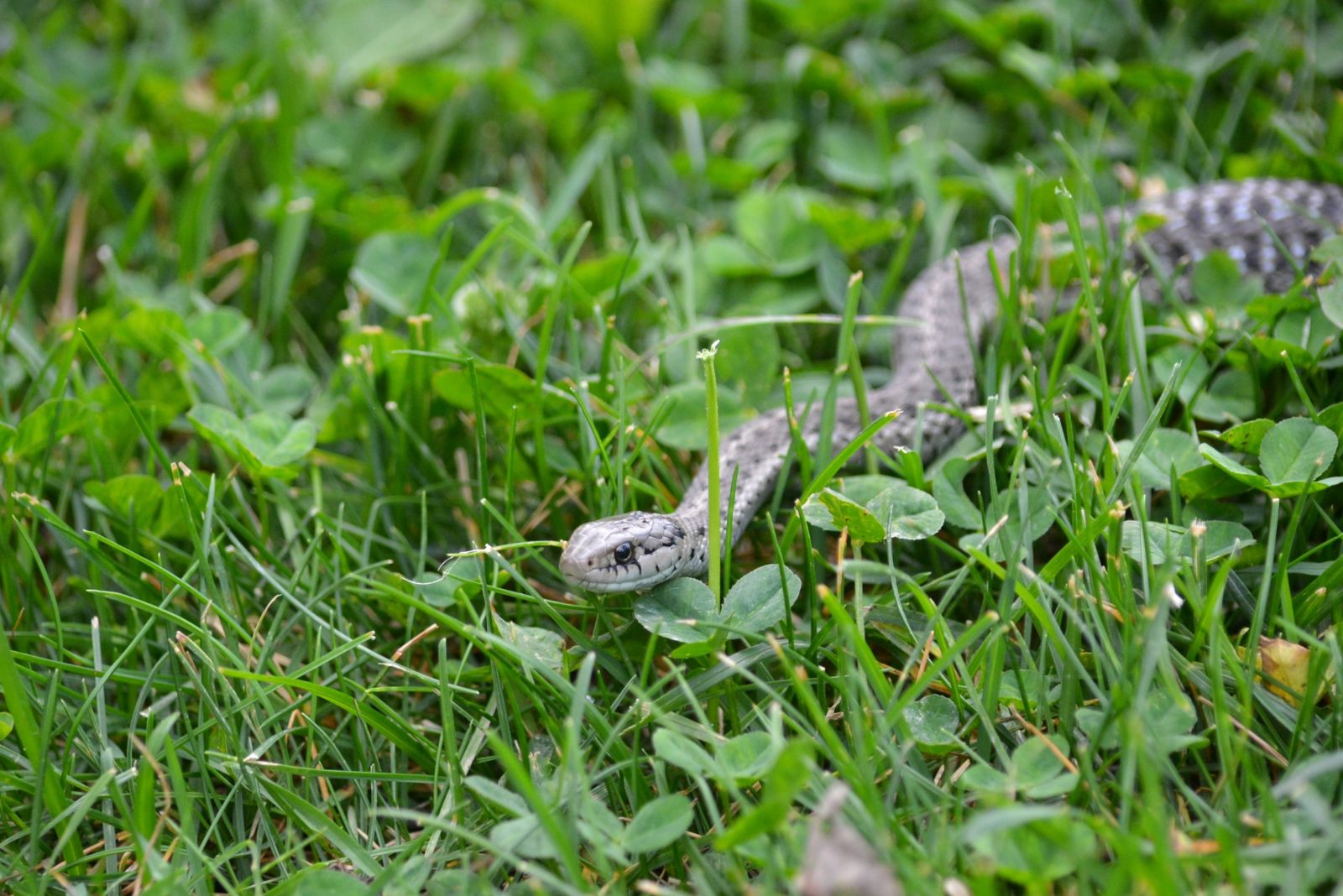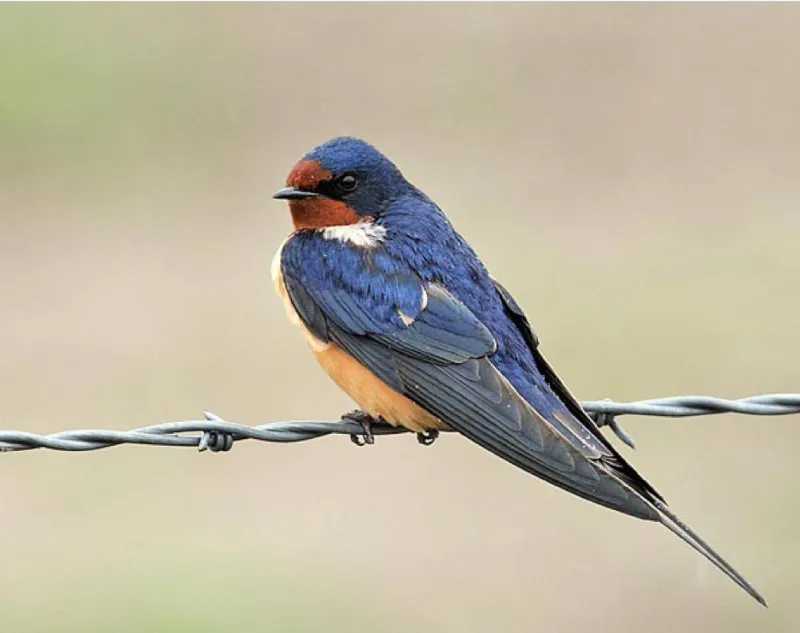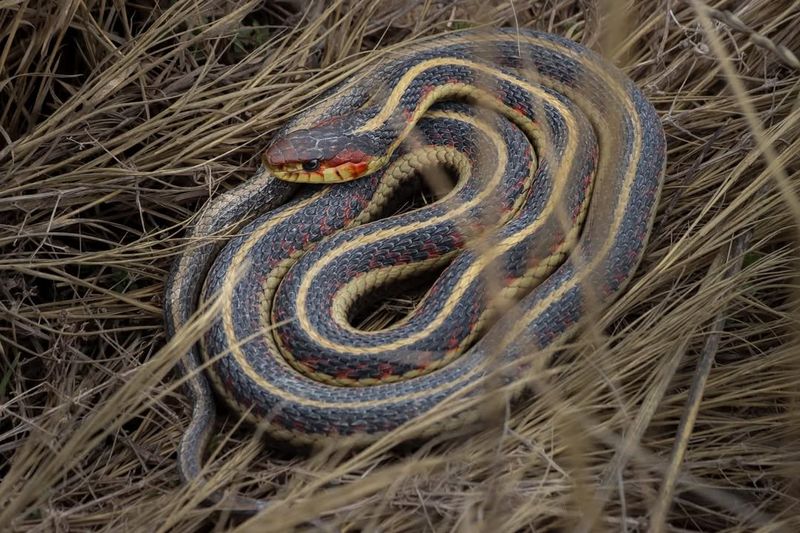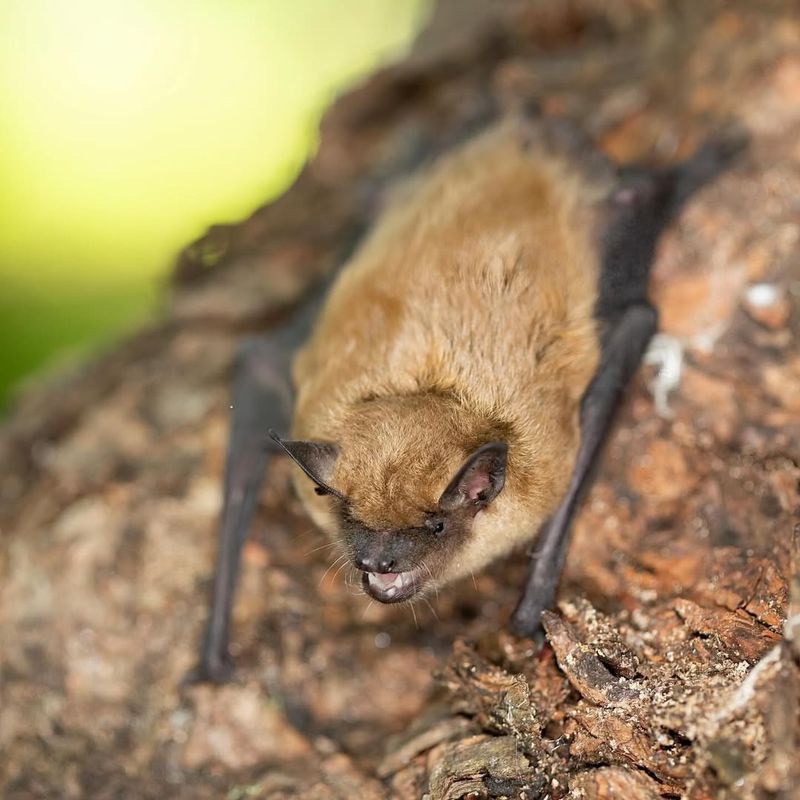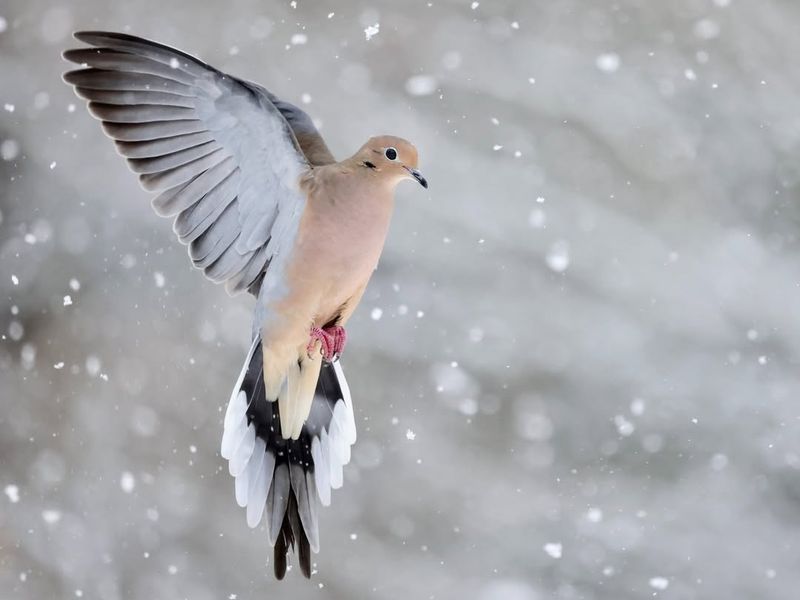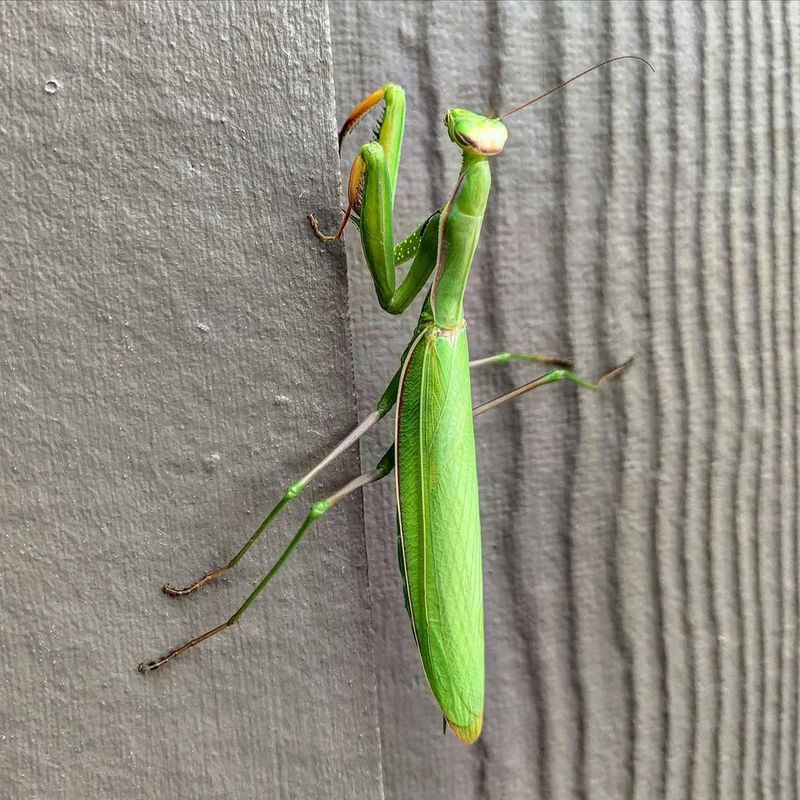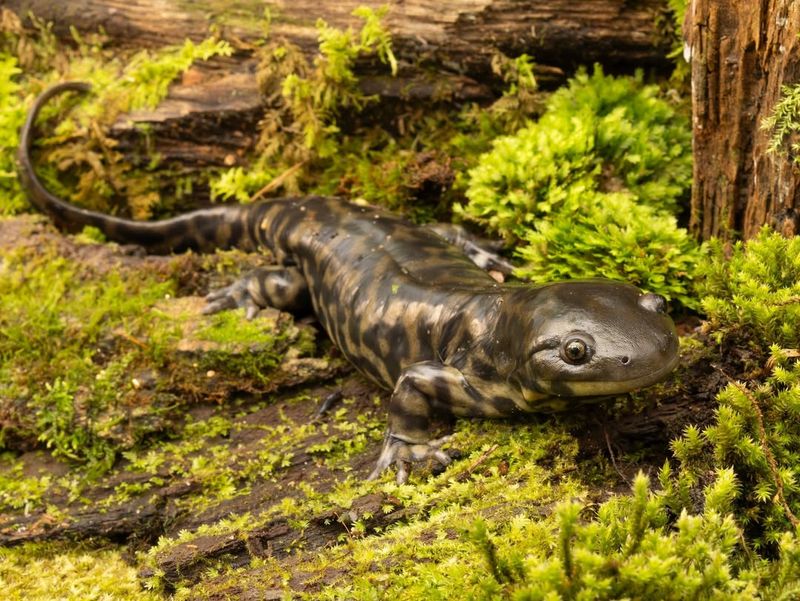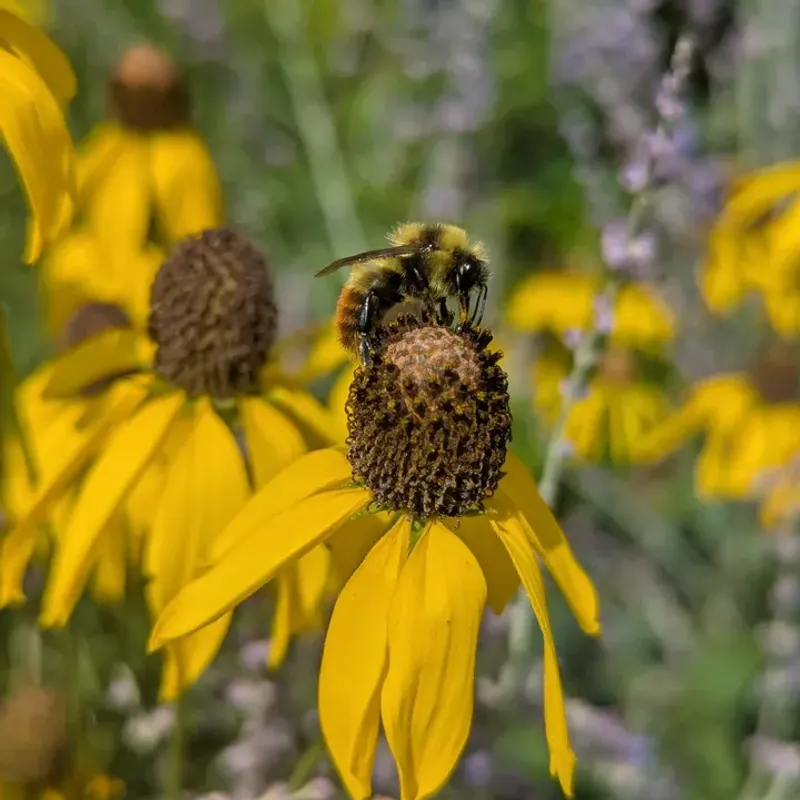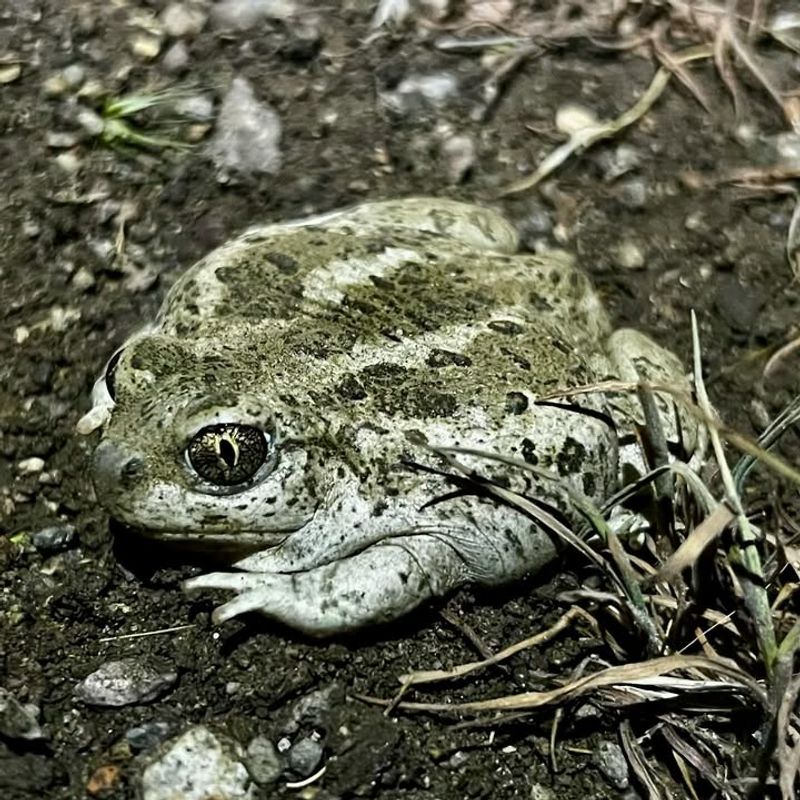Some creatures in Utah blend into daily life until they turn up in a garden bed or slip into a quiet corner of a porch. Instinct often says to chase them off, but state rules tell a different story. Certain animals hold protections that surprise many homeowners, and moving them without the right steps can lead to unexpected trouble.
These creatures play important roles in local ecosystems, and the law treats them accordingly. Knowing which ones must stay put can save a homeowner from fines, stress, and a long list of problems that start with one hasty decision.
1. Barn Swallows
With their graceful swooping flights and cheerful chirping, barn swallows often build mud nests under porches and eaves. Federal law protects these insect-eating birds under the Migratory Bird Treaty Act, making it illegal to destroy active nests.
If swallows choose your home, wait until babies leave in fall before removing empty nests. These helpful birds eat thousands of mosquitoes and flies daily, providing natural pest control. Installing alternative nesting shelves nearby can encourage them to build away from doorways while still keeping them around your property.
2. Garter Snakes
Spotting a striped snake slithering through your flower beds might startle you, but garter snakes are completely harmless and protected throughout Utah. State regulations prohibit removing or relocating native reptiles without proper permits.
These beneficial reptiles feast on slugs, insects, and small rodents that damage gardens. Their presence actually indicates a healthy ecosystem in your yard. Simply giving them space allows them to continue their pest control work naturally, and they typically avoid human contact whenever possible.
3. Bats
Did you know a single bat can devour up to 1,000 mosquitoes in just one hour? Utah law strictly protects all bat species because many face population declines from disease and habitat loss.
Removing bats from attics or barns requires special wildlife permits and humane exclusion methods. Never seal entry points while bats are inside, especially during summer when babies cannot fly yet. Contact licensed wildlife professionals who understand legal timing and proper techniques for bat exclusion while respecting these amazing nocturnal creatures.
4. Mourning Doves
Their soft cooing sounds peaceful on summer mornings, but mourning doves enjoy federal protection under migratory bird laws. Building flimsy stick nests in trees, shrubs, or even hanging planters, these gentle birds often become temporary yard residents.
You cannot disturb active nests containing eggs or baby birds, even if inconveniently located. Parents typically raise chicks quickly, with young doves leaving nests within two weeks. Patience rewards you with watching adorable fuzzy babies grow while staying legally compliant with wildlife protection regulations.
5. Praying Mantises
Looking like tiny aliens with their triangular heads and folded front legs, praying mantises are beneficial predators protected by Utah agriculture laws. Gardeners prize these insects because they hunt aphids, beetles, and caterpillars that destroy plants.
Removing mantises violates beneficial insect protection statutes designed to support natural pest management. If you find egg cases (ootheca) attached to branches or fences, leave them undisturbed through winter. Come spring, hundreds of tiny mantises will hatch and patrol your garden, providing free and effective pest control services.
6. American Kestrels
North America’s smallest falcon, the colorful American kestrel, sometimes hunts mice and insects around suburban homes. All raptors receive federal protection, making harassment or removal illegal without special permits.
These beautiful birds of prey help control rodent populations naturally around properties. Their presence indicates healthy local wildlife and shouldn’t cause concern. Kestrels nest in tree cavities or special nest boxes, and encouraging them benefits your property by reducing pest animals. Watch them hover dramatically while hunting, it’s like having your own personal wildlife show in the backyard!
7. Western Tiger Salamanders
Rainy nights bring these chunky salamanders out from hiding as they search for insects and worms. Utah classifies western tiger salamanders as protected amphibians because wetland habitat loss threatens their survival.
Finding one near your garden pond or sprinkler system means your yard provides important amphibian habitat. State law prohibits capturing, harming, or relocating these creatures without wildlife permits. They eat garden pests and indicate good environmental conditions. Simply appreciate these spotted nocturnal wanderers and let them continue their beneficial work around your property naturally.
8. Bumblebees
Their fuzzy bodies and loud buzzing might seem intimidating, but bumblebees are gentle pollinators protected under Utah’s beneficial insect laws. Unlike aggressive wasps, bumblebees rarely sting unless directly threatened or defending their underground nests.
These essential pollinators help vegetables and flowers produce fruits and seeds. Destroying bumblebee colonies violates state agricultural protection statutes designed to preserve pollinator populations. If you discover a nest in your yard, simply mark the area and avoid disturbing it. Bumblebees naturally abandon nests after summer ends anyway.
9. Great Basin Spadefoot Toads
After summer rainstorms, these secretive toads emerge from underground burrows where they spend most of their lives. Named for the hard spade-like projections on their hind feet used for digging, spadefoot toads are protected amphibians in Utah.
Their loud nighttime choruses might seem strange, but these toads play important roles in desert ecosystems by controlling insect populations. State wildlife regulations prohibit capturing or harming them. Temporary puddles in your yard might attract breeding spadefoots. Consider it a privilege to witness their brief above-ground appearances during Utah’s monsoon season!

